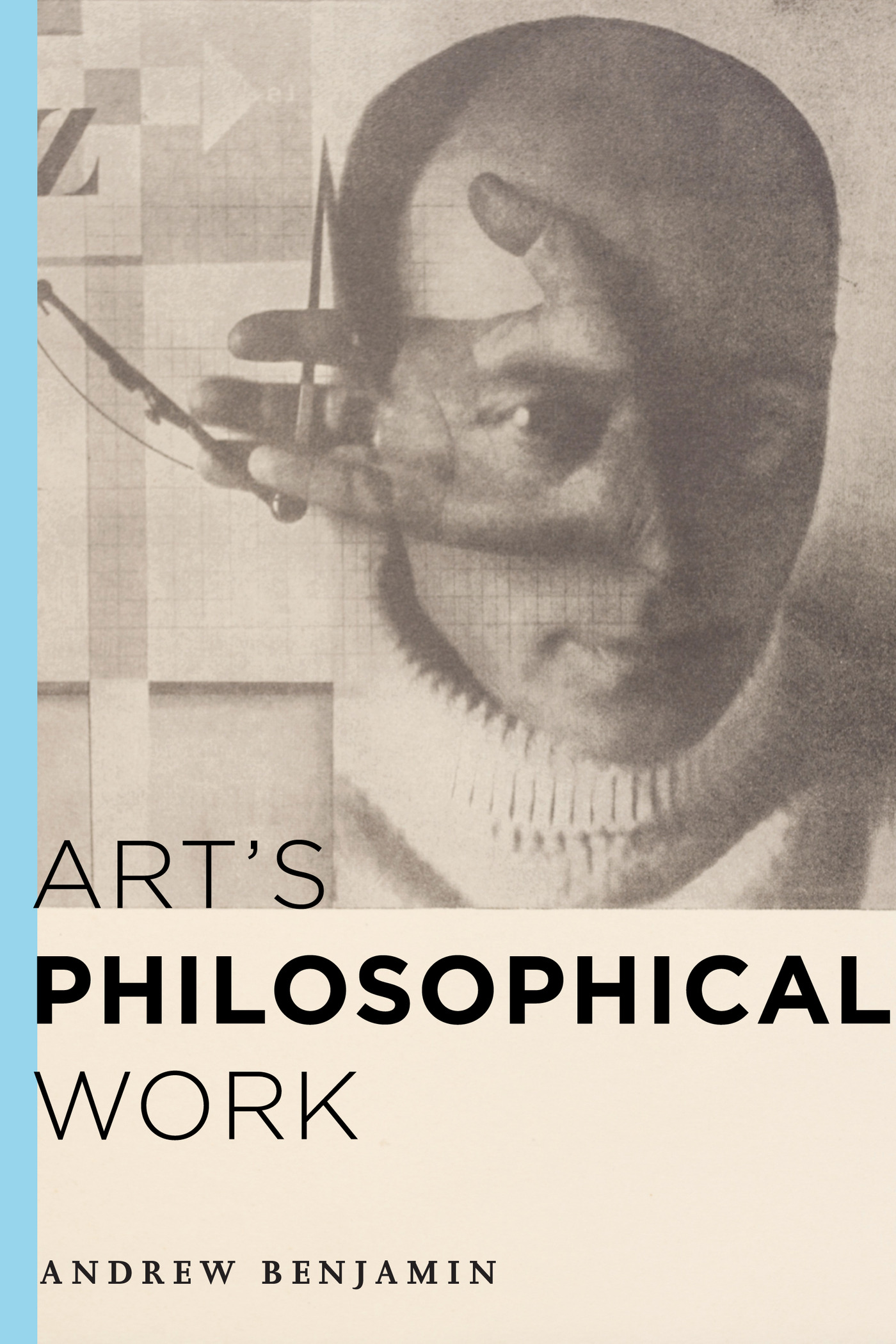Arts Philosophical Work
Arts Philosophical Work
Andrew Benjamin

London New York
Published by Rowman & Littlefield International, Ltd.
Unit A, Whitacre Mews, 26-34 Stannary Street, London SE11 4AB
www.rowmaninternational.com
Rowman & Littlefield International, Ltd. is an affiliate of Rowman & Littlefield
4501 Forbes Boulevard, Suite 200, Lanham, Maryland 20706, USA
With additional offices in Boulder, New York, Toronto (Canada), and London (UK)
www.rowman.com
Copyright 2015 by Andrew Benjamin
All rights reserved. No part of this book may be reproduced in any form or by any electronic or mechanical means, including information storage and retrieval systems, without written permission from the publisher, except by a reviewer who may quote passages in a review.
British Library Cataloguing in Publication Information Available
A catalogue record for this book is available from the British Library
ISBN: HB 978-1-7834-8289-4
ISBN: PB 978-1-7834-8290-0
Library of Congress Cataloging-in-Publication Data
Benjamin, Andrew E.
Art's philosophical work / Andrew Benjamin.
pages cm
Includes bibliographical references and index.
ISBN 978-1-78348-289-4 (cloth : alk. paper) ISBN 978-1-78348-290-0 (pbk. : alk. paper) ISBN 978-1-78348-291-7 (electronic) 1. ArtPhilosophy. I. Title.
N66.B45 2015
701dc23
2015007800
 TM The paper used in this publication meets the minimum requirements of American National Standard for Information Sciences Permanence of Paper for Printed Library Materials, ANSI/NISO Z39.48-1992.
TM The paper used in this publication meets the minimum requirements of American National Standard for Information Sciences Permanence of Paper for Printed Library Materials, ANSI/NISO Z39.48-1992.
Printed in the United States of America
Acknowledgements
This book could not have been written without the support and encouragement of friends and colleagues. Its strengthssil yen aare derived from the constant questioning by art historians and philosophers. All the limitations are mine. Institutions have also been important. I have had the opportunity to present elements of it in a number of academic contexts. Chapter 1 was first presented as a seminar in the Department of Art History at the University of Warwick. Karen Lang and Paul Smith were wonderful hosts and interlocutors. Karen Langs wisdom and generosity of spirit have been extremely helpful in allowing me to understand in what way certain arguments needed clarification. Chapters 2 and 3 formed part of a graduate seminar I taught in 2014 in the Centre for Research in Modern European Philosophy at Kingston University. I want to thank the students for their sustained engagement with the work of Warburg, Benjamin and Drer. In addition, I want to thank the centres Director, Peter Osborne, for his support. A version of chapter 2 was given as a lecture at the Warburg Institute. It was a profound honour to speak in such a prestigious environment. I want to thank the Bilderfahrzeuge: Aby Warburg and the Future of Iconology research group for their kind invitation to present my work. I also gave a lecture on Warburg and Benjamin in the Department of Art History at the University of Leeds. I want to thank Griselda Pollock for her kind invitation to give the lecture. Her engagement with some of my arguments was equally decisive in their reformulation. Additionally, I would like to thank the following for the kindness with which they discussed my work with me; in every instance I learnt a great deal: Christopher D. Johnson, Joanne Woodall, Paul Hills, Howard Caygill, Philip Ekardt, Christopher Wood, Helen Hills, Jas Elsner and Teresa Stoppani. I also want to thank James Kent for his help in the preparation of the manuscript.
The second part of this book consists of already published papers that form part of the overall project. I wish to thank the publishers, Blackwell, Northwestern University Press and Research in Phenomenology (Brill), for their permission to reprint them.
List of Figures
List of Abbreviated Citations
Benjamin, AP | Walter Benjamin, The Arcades Project, ed. Rolf Tiedemann, trans. Howard Eiland and Kevin McLaughlin (Cambridge: Harvard University Press, 1999). |
Benjamin, GS | Walter Benjamin, Gesammelte Schriften, eds. Rolf Tiedemann and Herman Schweppenguser (Frankfurt: Suhrkamp Verlag, 1980). |
Benjamin, OGTD | Walter Benjamin, The Origin of German Tragic Drama, trans. John Osborne (London: New Left Books, 1977). |
Benjamin, SW | Walter Benjamin, Selected Writings, 4 vols., eds. Marcus Bullock, Michael W. Jennings, Howard Eiland and Gary Smith (Cambridge, MA: Harvard University Press, 19962003). |
Descartes, AT | Ren Descartes, Oeuvres de Descartes, ed. Charles Adam and Paul Tannery (Paris: Libraire Philosophique J. Vrin, 1996). |
Hegel, LFA | G. W. F. Hegel, Hegels Aesthetics: Lectures on Fine Art, vol. 2, trans. T. M. Knox (Oxford: Oxford University Press, 1998). |
Panofsky, AHAT | Erwin Panofsky, On the Relationship of Art History and Art Theory: Towards the Possibility of a Fundamental System of Concepts for a Science of Art, trans. Katharina Lorena and Jas Elsner, Critical Inquiry 35 (Autumn 2008): 4371. |
Panofsky, AV | Erwin Panofsky, The Concept of Artistic Volition, trans. Kenneth J. Northcott and Joel Snyder, Critical Inquiry 8, no. 1 (Autumn 1981): 29. |
Warburg, TRPA | Aby Warburg, The Renewal of Pagan Antiquity, trans. David Britt (Los Angeles: Getty Research Institute, 1999). |
Warburg, WEB | Aby Warburg, Werke in Einem Band (Frankfurt: Suhrkamp, 2010). |
Opening
Represented here is a project the aim of which is to locate a philosophy of art within the parameters of a relational ontology. As a result, not only has the history of art been excluded from any real philosophical consideration, but equally what is left unaddressed is the more general question of how that historyarts historyis to be taken up philosophically. Any attempt to rectify this situation needs to locate a thinking of art history within a more general thinking of the philosophical. In other words, while the specificity of art history has to be maintained, it remains the case that arts history does not fall beyond the province of philosophical thought. As already indicated, the position taken here, an approach whose justification can only occur within the analyses themselves, stems from a broader philosophical project that locates relationality at its core. There is a general organizing philosophical proposition within the development of a relational ontology that is at work within this project. Indeed, it orientates the argumentation of each of the subsequent chapters. The proposition is the following: A singularity is always the after-effect of a relation. The force of this claim, as it is presented here, is that it results in undoing the hold of the naturalization of objects and events while also working to undo their incorporation into the naturalization of time as chronology. There is a twofold process of naturalization. Undoing these processes gives rise to the denaturing of nature. Nature was, after all, a construct. The question then is, how are presentations of that which occurs in the wake of this process to be presented? As what prompts these moves is recovering the particularity of arts work, the approach to be taken in this context entails letting the centrality of relationality appear as the basis of a response to a thinking of art within philosophy.
Next page
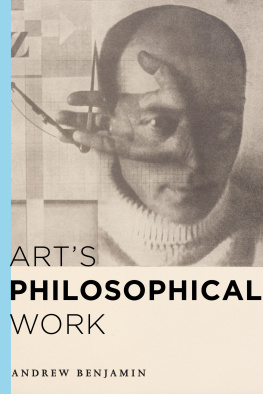
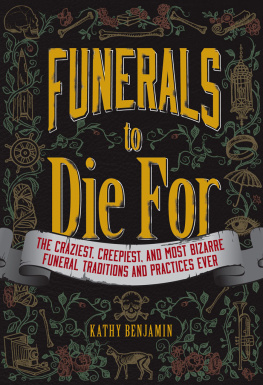
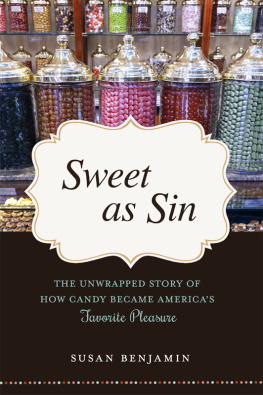

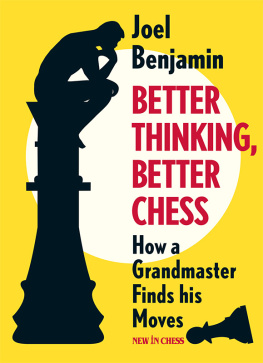
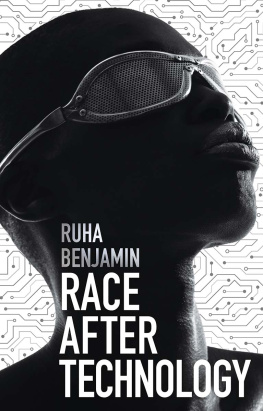

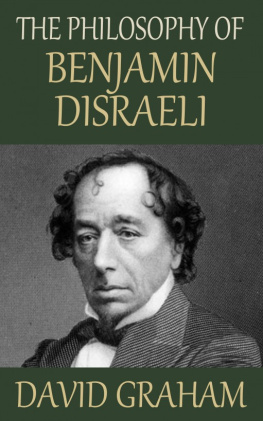


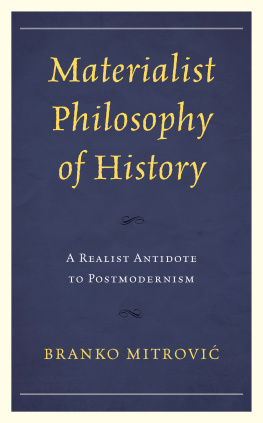
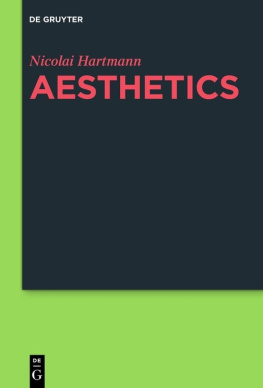


 TM The paper used in this publication meets the minimum requirements of American National Standard for Information Sciences Permanence of Paper for Printed Library Materials, ANSI/NISO Z39.48-1992.
TM The paper used in this publication meets the minimum requirements of American National Standard for Information Sciences Permanence of Paper for Printed Library Materials, ANSI/NISO Z39.48-1992.